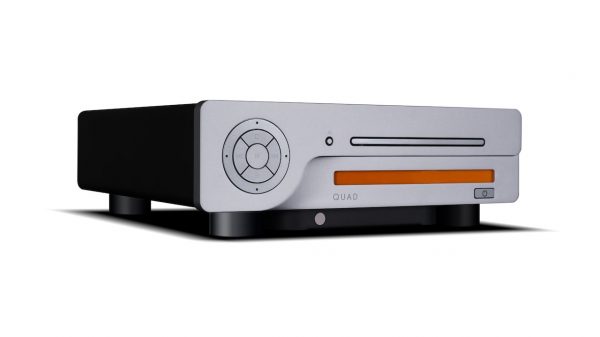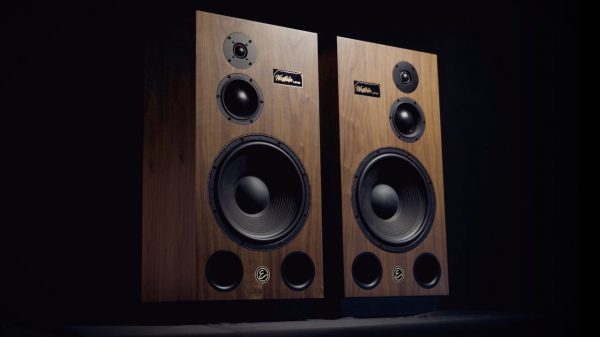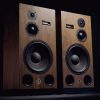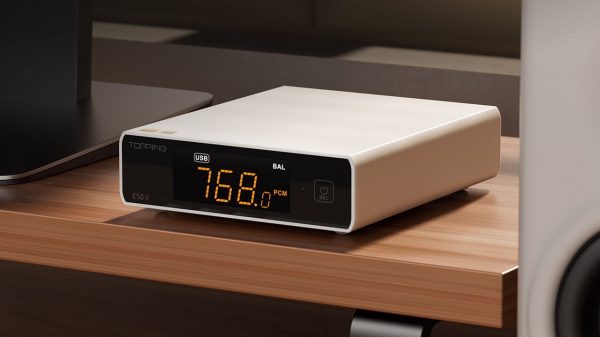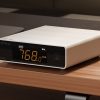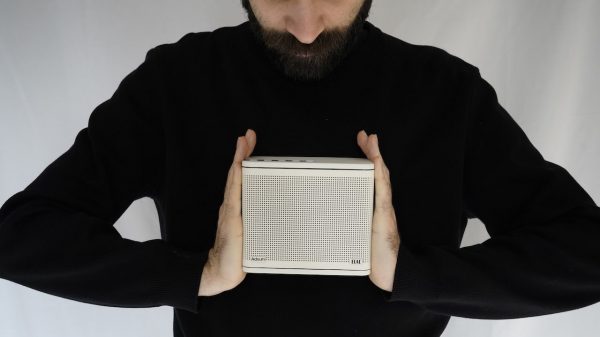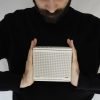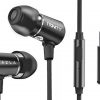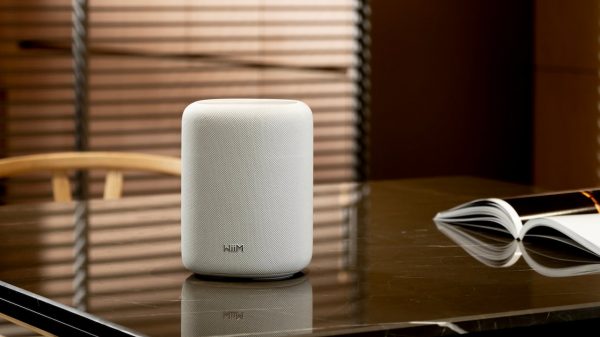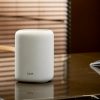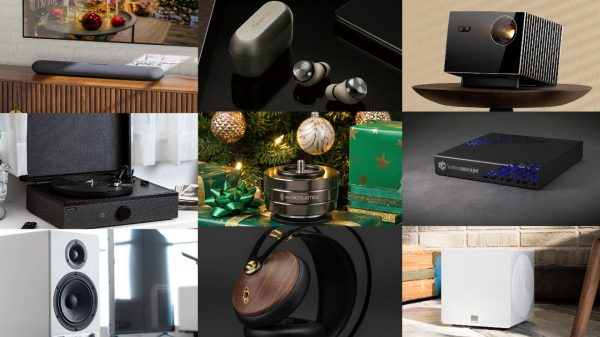High-end TFT-LCD maker, BOE HYDIS, has created a mobile phone LCD which doubles display brightness with no increase in power consumption levels.
This remarkable LCD is a 2 inch QVGA panel with a brightness of 300 cd/³, a contrast ratio of 500:1, and 45 percent color representation. The panel not only projects the best definition quality in the industry, it does so without consuming extra power. Other manufacturer’s displays would need double the power to reproduce the same definition.
Sub-pixel rendering enhances brightness and transmission twofold by adding white to the conventional RGB (Red/Green/Blue) florescent structure. An Amorphous-Silicon Row Driver (ARD), a gate drive IC built onto an LCD board, completes the slim display; creating a product high in brightness and contrast, and low in power consumption.
BOE HYDIS expects that this technology can also be adapted to high-resolution, small-sized VGA TFT-LCD panels through application of the Amorphous-Silicon (a-Si) method without the requirement of additional facility investment.
“The brightness and slimness of these LCD panels with the combination of lower required power surpasses all other existing ones. These advantages will increase the product’s market competitiveness; not to mention the benefit of reduced costs. In the future, we are planning to apply the panel to high-end mobile phone products like DMB phones, high resolution camera phones, and PMP displays,” says Jeong-ryeol Lee, Head of the R&D Center at BOE HYDIS.
About BOE HYDIS
BOE HYDIS TECHNOLOGY is a high-end TFT-LCD manufacturer of AFFS-applied panels.
AFFS (Advanced Fringe Field Switching) technology is the company’s signature technology that supports a wide viewing angle of 180 degrees for both horizontal and vertical viewing, earning the company industry recognition.
BOE HYDIS has the largest market share in the world for the tablet PC TFT-LCD industry. It provides TFT-LCD panel applications to major global businesses including, HP, Dell, Fujitsu, IBM, SHARP, and Motion Computing.
Formerly under Hynix Semiconductor, BOE HYDIS became a Korean subsidiary of China’s BOE Technology Group Co., Ltd.


